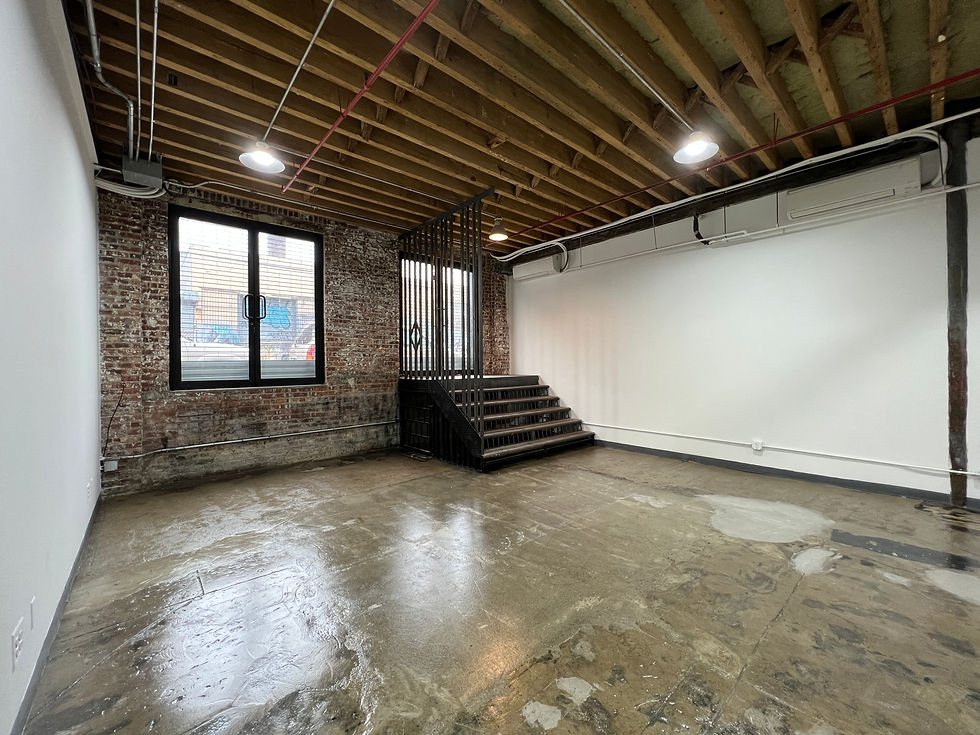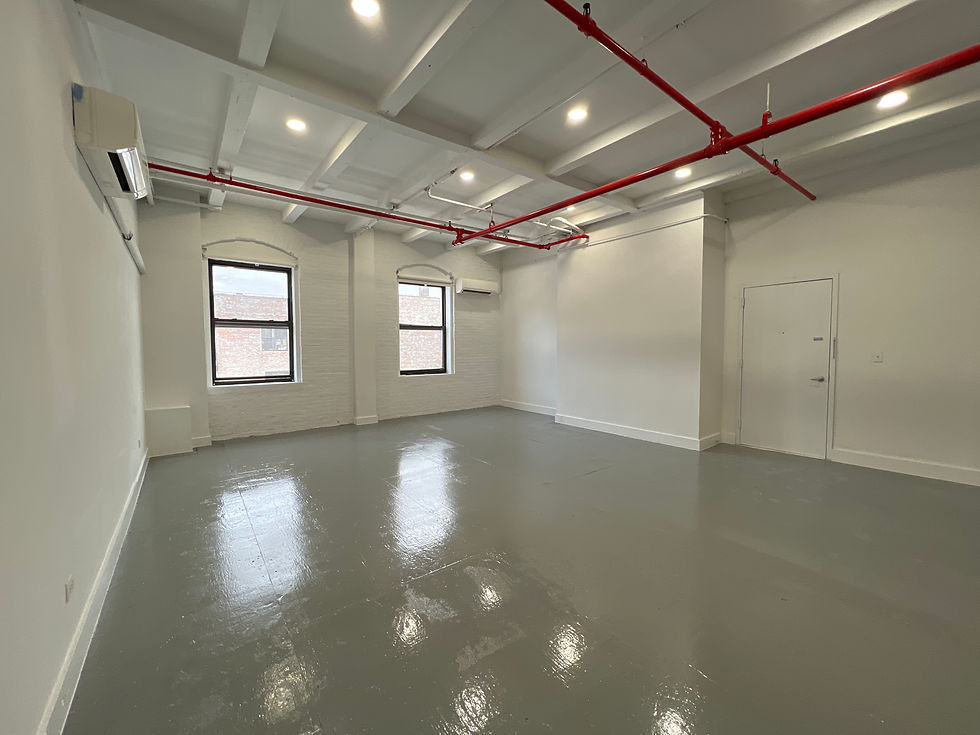Maximizing Efficiency: Understanding Office Load Factor for Tenants
- David Ratner
- May 30, 2023
- 2 min read
Updated: Jul 10, 2023
Efficiency and optimization are crucial considerations for businesses when seeking office spaces. One important concept to understand is the office load factor, which plays a significant role in determining usable and rentable square footage. By grasping this concept, tenants can make informed decisions and effectively utilize their office space. In this article, we'll explore what office load factor is and highlight key points tenants should know.

What is Office Load Factor?
Office load factor, also known as the rentable-to-usuable ratio, represents the proportion of a building's total square footage that is allocated to shared areas such as corridors, stairwells, elevators, and lobbies. These common spaces are essential for the overall operation and accessibility of the building. The load factor determines the rentable square footage, which is typically higher than the usable square footage of an office space.
Understanding the Calculation:
To calculate the office load factor, divide the rentable square footage of a space by its usable square footage. The resulting percentage represents the additional square footage that accounts for shared areas. For example, if an office space has a rentable square footage of 10,000 square feet and a usable square footage of 8,000 square feet, the load factor would be 1.25 (10,000 divided by 8,000).

Implications for Tenants:
1. Cost Considerations: The office load factor directly impacts the cost of leasing a space. Since tenants typically pay rent based on the rentable square footage, it's important to understand the load factor's influence on pricing. A higher load factor means paying for a larger portion of shared areas, potentially affecting overall leasing costs.
2. Space Efficiency: Knowing the load factor helps tenants evaluate the efficiency of their office space. Higher load factors indicate larger shared areas, which may reduce the actual usable space available for individual workstations, meeting rooms, or other dedicated areas. Tenants should consider their specific needs and ensure that the usable square footage aligns with their operational requirements.
3. Comparison and Negotiation: Understanding the office load factor allows tenants to make informed comparisons when evaluating different office spaces. It helps assess the true usable space and compare lease costs accurately. Additionally, tenants can negotiate lease terms based on load factor calculations to ensure a fair agreement.

For tenants seeking office spaces, a clear understanding of the office load factor is essential for making informed decisions and optimizing their operations. By considering the cost implications, space efficiency, and the ability to negotiate lease terms, tenants can ensure they maximize the utility and value of their chosen office space. Take the time to evaluate the load factor and its impact to secure a workspace that perfectly aligns with your business needs.
Want to see what’s available? Click here for loft options available now.




Comments